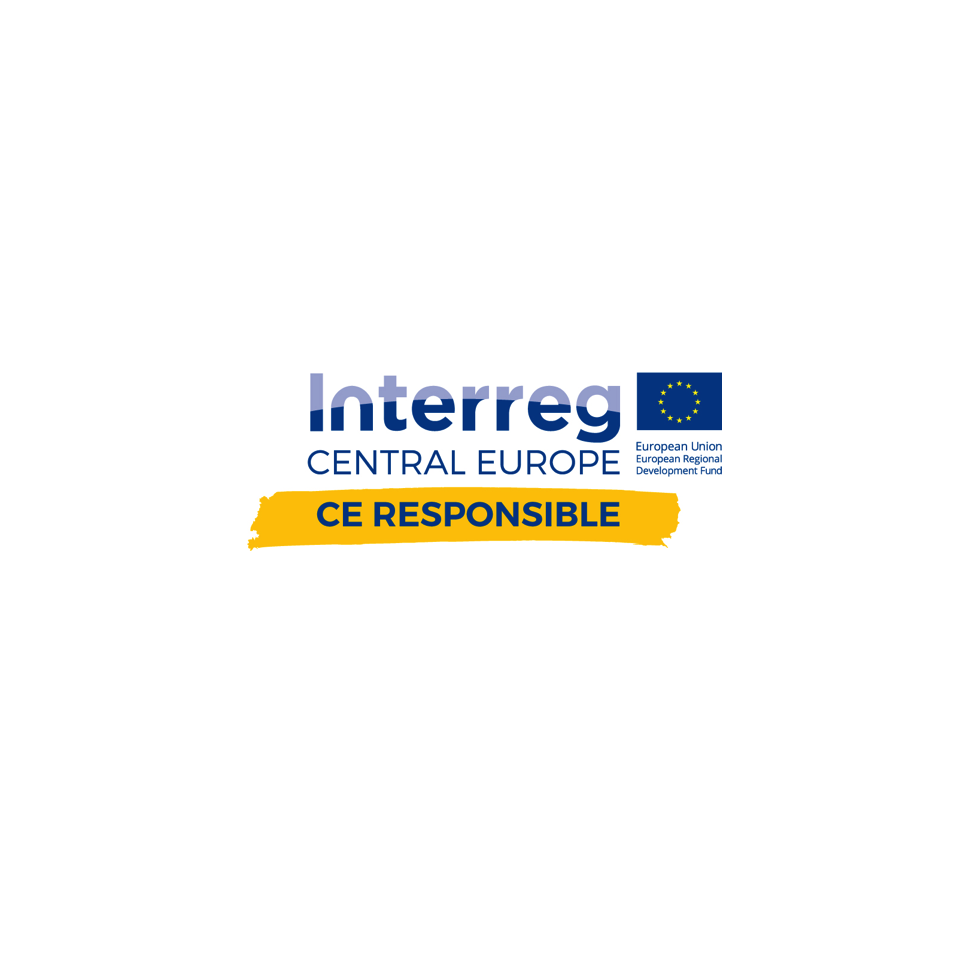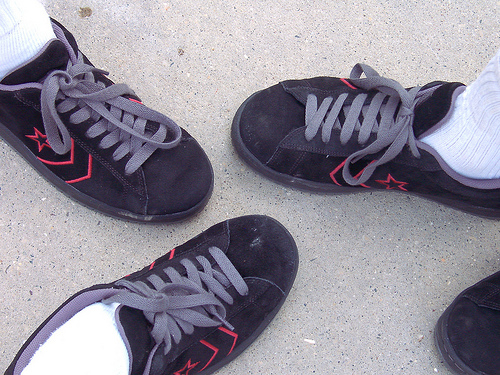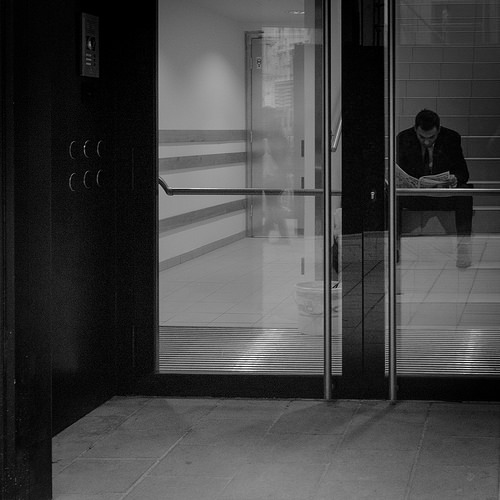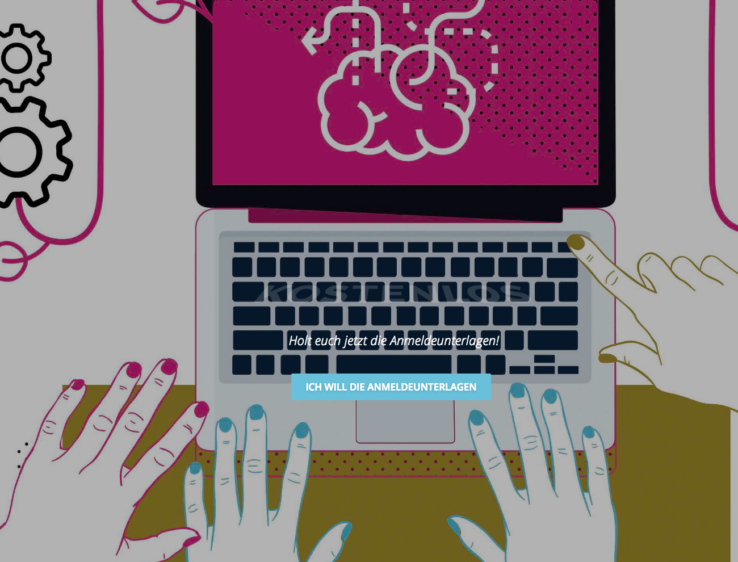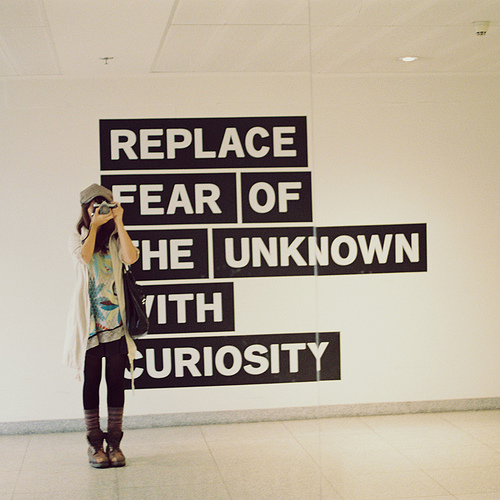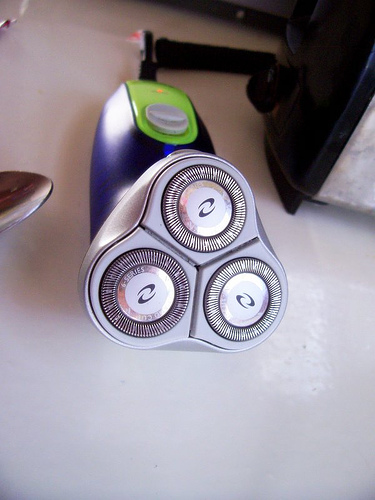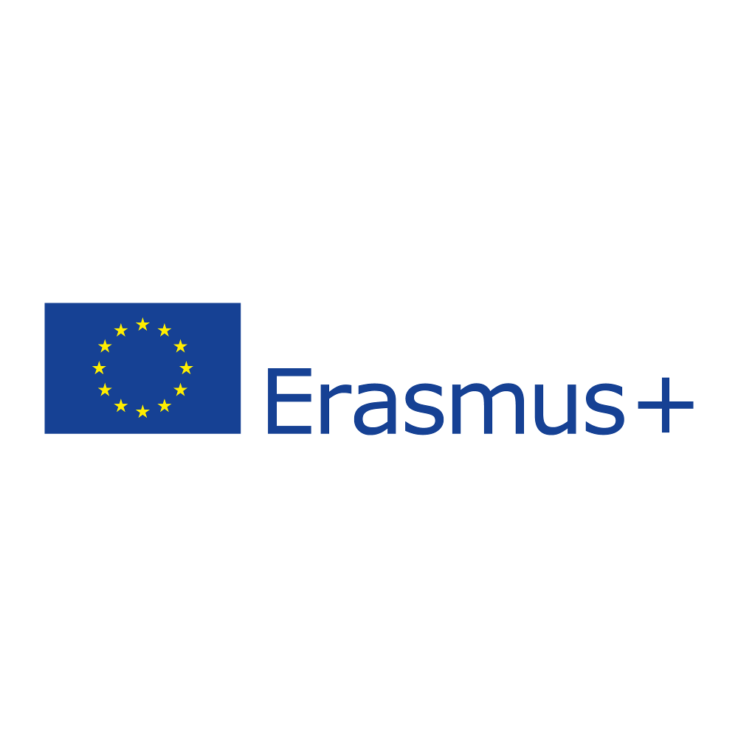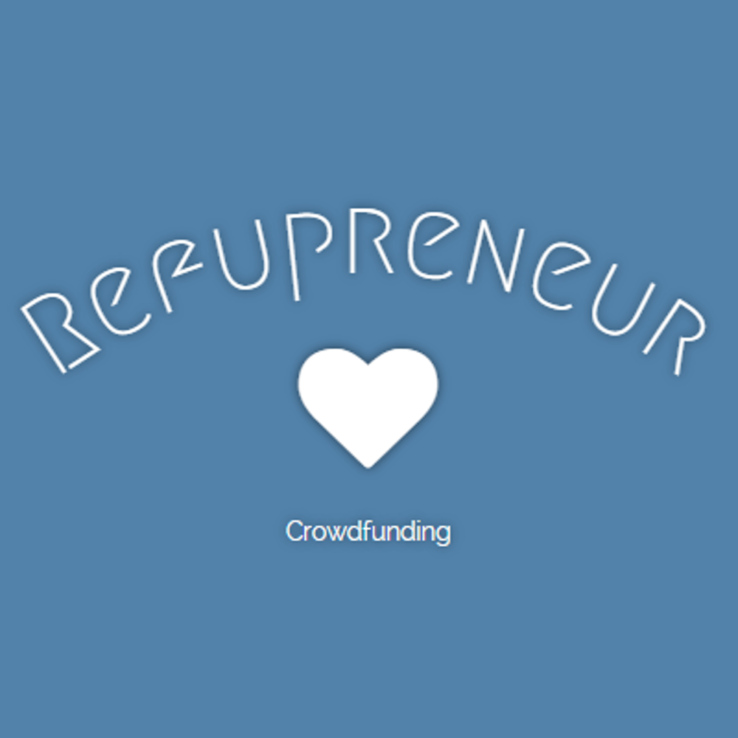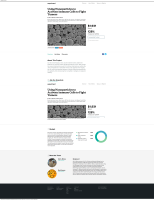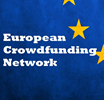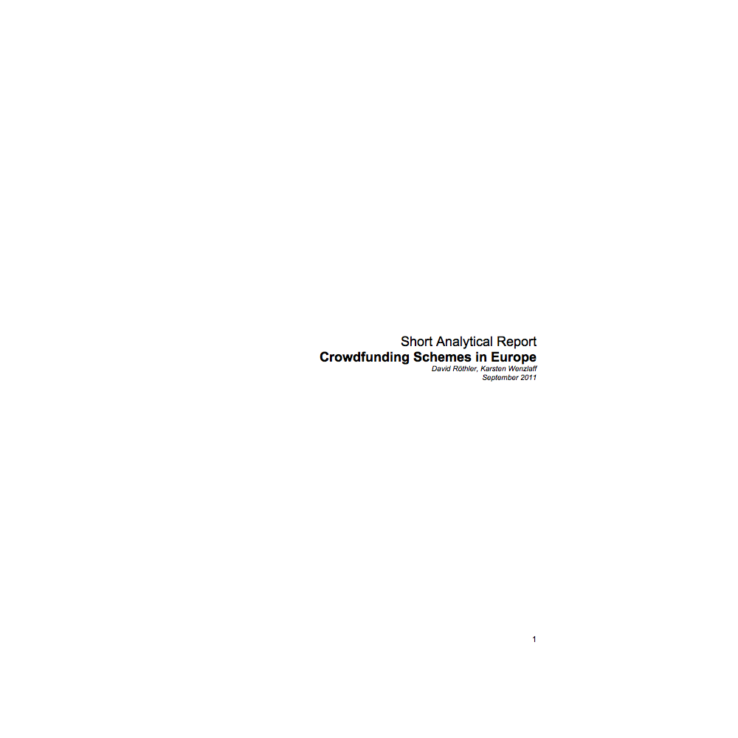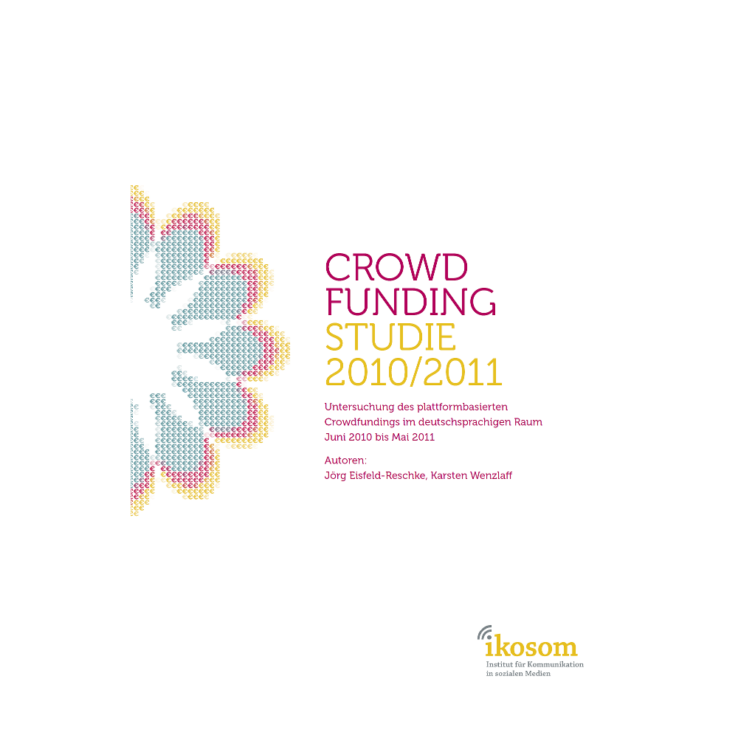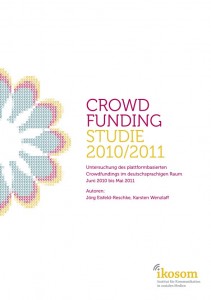The following list is part of our research on Civic Crowdfunding. Feel free to add any new projects in the comments.
My definition of Civic Crowdfunding is as follows:
Civic Crowdfunding is the subset of Crowdfunding campaigns which aim to finance a civic cause. A civic cause is a cause which improves public infrastructure – this can be means of public transport, public institutions, public events. The dominant feature of a public infrastructure is that it is impossible to exclude anyone from using it. In this case Civic Crowdfunding is generating benefits where it is impossible to exclude a non-supporter from benefitting from the cause.
Our network partner Alexandra Partale (from Place2Help) defines Civic Crowdfunding with a strong component of regional identity:
Civic Crowdfunding describes the financing of Projects with local and regional impact through the Crowd. The project owners can be public institutions.
The list is quite wide – it has the following categories:
- Platforms dedicated to Civic Crowdfunding – The list aims to include platforms which are dedicated to Civic Crowdfunding or which a special category for Civic Purposes.
- Platforms operated by Public Entities – The list aims to include platforms which are operated by public institutions, public banks or public service providers.
- Platforms operated by Banks for Civic Crowdfunding – The list aims to include platforms (especially in the field of donation-based Crowdfunding) run by private banks or cooperative banks, where often the Bank does not charge the projects.
- Meta Platforms by Public Entities – The list aims to provide news portals and meta-platforms where public entities inform about Crowdfunding in a systematic way.
- Support Schemes – The list aims to provide examples of public support schemes for Crowdfunding, such as subsidizing the cost of Crowdfunding.
- Competitions – The list aims to provide examples of competitions run by public entities to promote Crowdfunding campaigns.
- Crowdfunding Campaigns for Civic Infrastructure – The list aims to provide examples of Civic Crowdfunding campaigns, where public infrastructure is financed.
- Crowdfunding Campaigns for Cultural Infrastructure – The list aims to privde examples of Civic Crowdfunding campaigns for cultural institutions, such as theaters, museums or galleries.
- Crowdfunding Campaigns for Touristic Infrastructure – The list aims to provide examples of Crowdfunding campaigns which try to combine tourism and Crowdfunding.
Germany
Platforms dedicated to Civic Crowdfunding
LeihDeinerStadtGeld is a German lending-based Crowdfunding platform. Citizens can lend their city money at reduced interest rates for civic projects. One case was the renovation of the local firefighter house of the village Oestrich-Winkel. 83,200 Euro in loans were given by the citizens.
Place2Help was a German Crowdfunding Platform for Civic Crowdfunding. It was supported by the Sparda Bank Munich, a local cooperative bank. It featured civic projects from the region of Munich. The network has reinvented itself recently as Place2Help Rhein-Main, where it helps Crowdfunding projects in the region to find partners.
Platforms operated by Public Entities
En Crowd – Platform operated by AVU Aktiengesellschaft für Versorgungs-Unternehmen (a local energy and water provider in the Germen Ennepe-Ruhr-Kreis). The platform is a donation-based Crowdfunding platform.
Mikrocrowd – Platform to support entrepreneurs, operated by the Baden Württemberg Landesbank (L-Bank). Combines a loan of 10.000 Euros with a successful Crowdfunding campaign. The campaigns have to be launched at Startnext-page.
Wir-bewegen.sh is a Donation-based Platform run by the Investitionsbank Schleswig-Holstein, a publicly owned bank in the North of Germany. The platform allows the support of Civic projects, however it is also being used as part of the CSR-activities of the bank by matchfunding some of the projects.
Platforms operated by Banks for Civic Campaigns
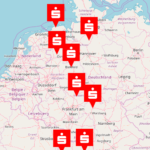 The network of local saving bankings (Sparkassen) operate a network of donation-based Crowdfunding-platforms under the label „Einfach.Gut.Machen„. The software is provided by Whitelabel-Provider TableOfVisions.
The network of local saving bankings (Sparkassen) operate a network of donation-based Crowdfunding-platforms under the label „Einfach.Gut.Machen„. The software is provided by Whitelabel-Provider TableOfVisions.
Some Sparkassen-Banks also cooperate with the donation-based platform Betterplace. Regional banks can operate a regional Crowdfunding platform, where regional projects from the Betterplace-Database are featured.
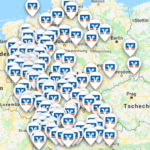 Volksbanken and Raiffeisenbanken – The network of cooperative Banks (Volksbanken) operates a network of donation-based Crowdfunding platforms. They are run under the label of „Viele schaffen mehr„. The software is provided by the German platform Startnext.
Volksbanken and Raiffeisenbanken – The network of cooperative Banks (Volksbanken) operates a network of donation-based Crowdfunding platforms. They are run under the label of „Viele schaffen mehr„. The software is provided by the German platform Startnext.
Meta-Platforms
crowdfunding-berlin.com is a platform run by the Government of Berlin. It features projects from Berlin, Crowdfunding Experts and Events.
Crowdfunding-Competitions
The Berlin Crowdfunding Prize was given for the best Crowdfunding campaign voted by the audience in three branches.
Crowdfunding-Support
The City of Munich sponsors local campaigns by providing them with subsidies for creative services, such as hiring a video editor for the pitch videos.
Campaigns for Civic Infrastructure
Feuerwehr Wenzlow – Fire Brigade in Brandenburg which did a donation-based Crowdfunding campaign to finance equipment. Led to a discussion in local media about the financing of public fire safety.
Campaigns for Cultural Infrastructure
Co-Berlin was a campaign for a Museum for Modern Photography in Berlin. When the Museum had to move to new premises, it used Crowdfunding to generate money for the renovation of the new building. The support also showed the media reach of the museum even during its closing.
The Kindermuseum Unikatum (Childrens Museum) reached private and commercial sponsors through the Crowdfunding campaign.
The Walhalla-Theater created a campaign for the lighting at an Off-Theatre in Wiesbaden. Unfortunately, the campaign was not successful despite good press work.
Spain
Platforms dedicated to Civic Crowdfunding
Goteo is a Spanish Crowdfunding Platform for Civic Purposes. Citizen initiatives, social, cultural, technological and educational projects can be funded. Goteo has developed its Crowdfunding software and published as open source software. There are more than 65.000 people active on the platform. The platform is run by a non-profit foundation.
United Kingdom
Platforms dedicated to Civic Crowdfunding
SpaceHive is a British Crowdfunding Platform and probably the biggest Civic Crowdfunding platform in Europe. It has financed 4.9 million GBP in projects and partnered with more than 68 towns and local municipalities.
Italy
Platforms dedicated to Civic Crowdfunding
The Italian Platform Derev features a Civic Crowdfunding category which enables local projects as well political projects.
The city of Milano cooperated with the Italian-reward based platform Eppela and co-financed 400.000 Euros in civic Crowdfunding projects with up to 50.000 Euros each.
Netherlands
Campaigns for Civic Purposes
The Luchtsingel Bridge was built between 2013 and 2015 and connects two areas of Rotterdam by crossing a large street with heavy traffic. The bridge is 400 meters long and links a vegetable garden and a bar district. 17.000 wooden planks were sold to the citizens and companies in Rotterdam – in total 1300 funders. The project started a debate on the role of local government in building infrastructure.
The Ziekenhuis Vlissing was a lending-based Crowdfunding campaign to finance the continued existance of a hospital in the city of Vlissingen in in the Netherlands. The total amount of 10,600,000 € was financed on the platform Zibcrowd.nl, using an equity-based Crowdfunding approach by paying an interest of 5%.
Switzerland
Campaigns for Civic Purposes
wemakeit.com/projects/hilfe-fuer-whistleblower – Reward-based Campaign for a Whistleblower of a Swiss Building Cartel, one of the most successful campaigns on Wemakeit.
Rest of Europe
Worldwide
New Zealand
The Abel Tasman Beach in New Zealand was sold to the public in a campaign that received 2,280,461.92 NZ$ from 39,249 supporters. The aim of the donation-based Crowdfunding campaign was to keep the beach open to the public and prevent a sale to a private owner. The government also supported the campaign with 350.000 NZ$, as well as a large-scale donor who chose to remain anonymous.
USA
The Pool+ is a combination of reward-based Crowdfunding campaigns on the platform Kickstarter. The aim is to develop a public pool which is situated in the Hudson River in New York. The pools water stems from the river itself, being filtered. The first campaign received 41,647 US$ from 1203 supporters, the second campaign in April 2013 received 273,114 US$ from 3175 supporters. Both amounts made it possible to finance early research into the construction of the pool as well as reaching out to possible partners.
Photo by AntoineJamin.com 
